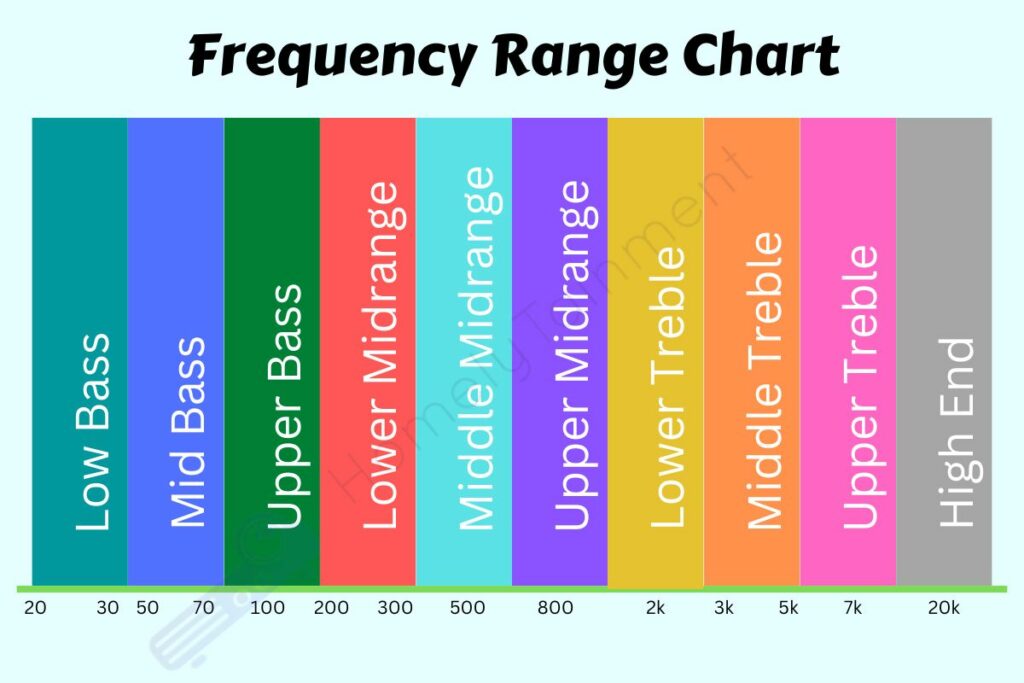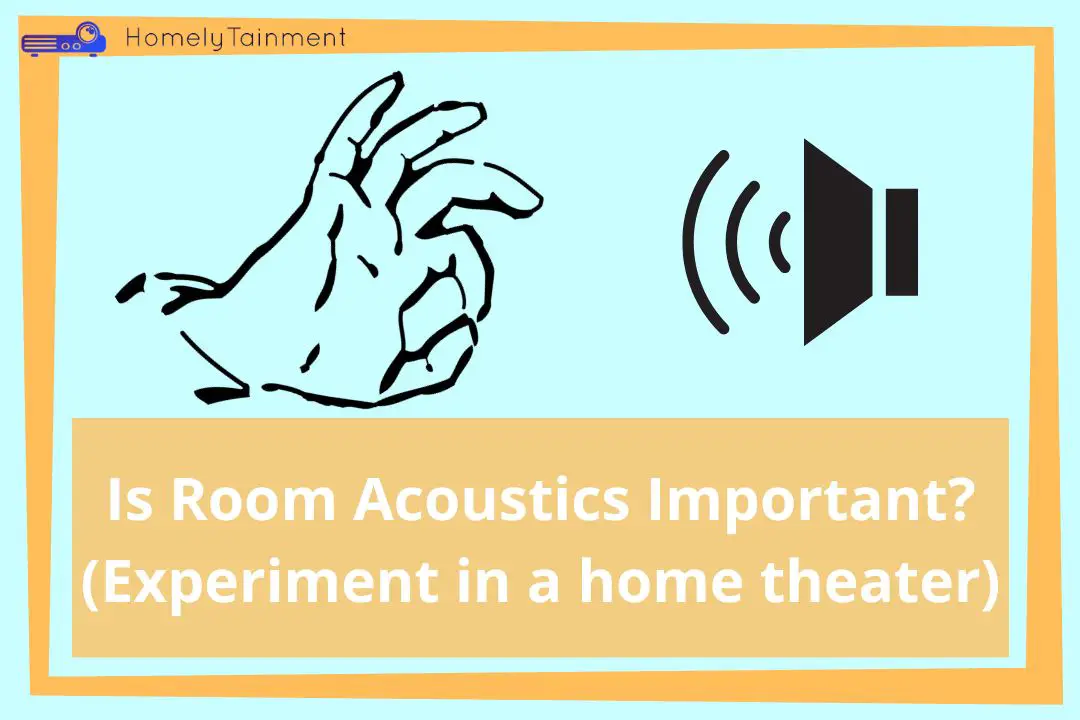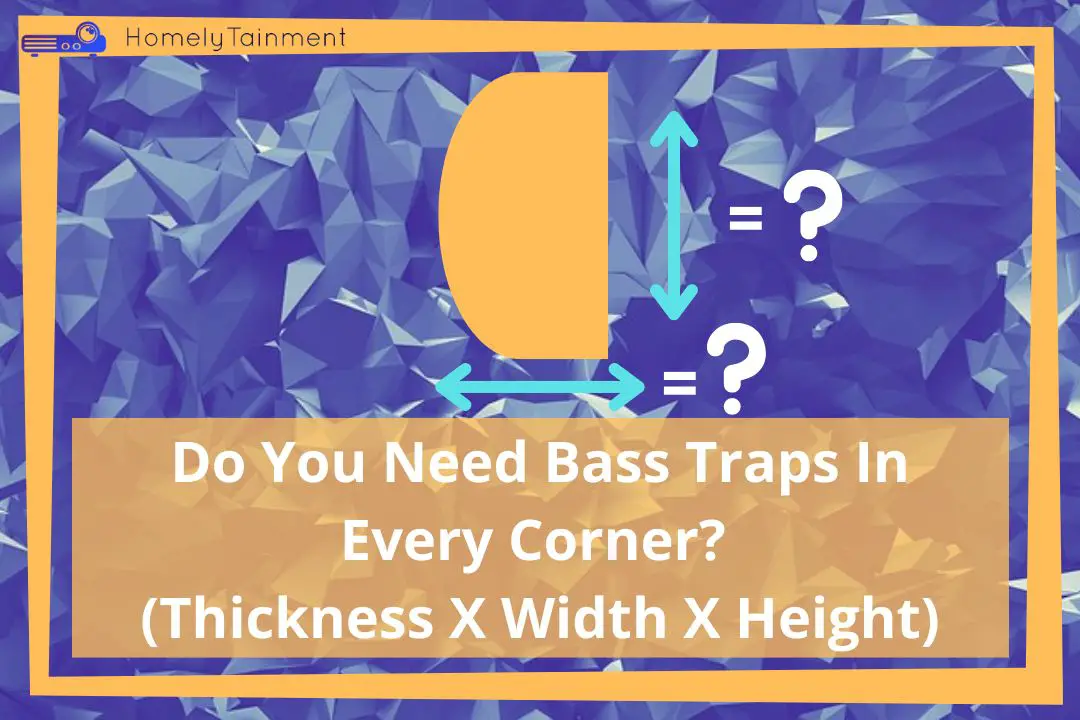
Homelytainment earn commissions (at no additional cost to you) if you purchase products from retailers after clicking on a link from our site.
The bass trap is the most important part of the acoustic treatment. Due to their presence, the subwoofer sounds good, and it can give a realistic touch to the movies and music. But there are a few questions to be answered about them. Today I want to answer this question. What material is best for bass traps?
At A Glance: The best of the best material for bass traps is mineral wool. The second best is fiberglass, and not suitable is foam. The foam is the worst material to use for bass traps.
Keep reading to know the exact science behind this claim. You will know why mineral wool is the best and how to install it. You will also get the frequency spectrum where they work the best, so you can know which material to use for what frequency range. Don’t forget to read the stats of the poll that I conducted in a Facebook group at the end of this article. You will know what others are using.
Mineral Wool Vs Fiberglass Vs Foam: Comparison.
| Mineral Wool | Fiberglass | Foam |
|---|---|---|
| Density is helpful | Density is just Ok | Density is not suitable |
| Applicable for lower frequencies such as 20 to 300 Hz | Applicable for above 250 Hz | Applicable for above 1000 Hz |
| It needs a little hustle to adjust | It needs a little more work to adjust | The easiest to adjust |
Density Comparison
The Mineral Wool has far more density than all of them. The same size of mineral wool will weigh more than the same size of fiberglass and foam.
Because mineral wool is very dense. A lot of mass is present in it. This amount of mass present in a small size is the best to absorb very energetic frequencies such as bass frequencies.
The fiberglass weighs a little less than the mineral wool but the foam is the lightest among them. You can see the pores in the foam material. These pores indicate how dense it is. This much density is the worst for high-energy frequencies.
Let me make it clear to you. The bass frequencies are the most energetic among all frequencies. For this much energy to absorb you need high density.
The importance of the density is explained here too. Bass traps Vs Acoustic Panels. You will know a few more things about the acoustic treatment of home theater.
Frequency Absorption Range Comparison

As we know the bass lies in the 20 to 200 Hz frequency range. That’s why we need such a dense material that can absorb these frequencies.
The only material that can absorb such frequency is mineral wool but make sure its thickness must be 4-6 inches. This is the ideal thickness for the bass traps.
The fiberglass material can’t absorb frequencies lower than 250 Hz. This range comes in the lower midrange as you can see from the above frequency range chart. If a material can’t absorb bass frequency then why use it for that?
Now let’s put light on the foam material. The foam when using its single layer then it can only absorb only treble frequencies. Because the foam material is very thin and can’t absorb high energy frequencies of the bass sound.
Know more about the best frequency response for each speaker position in the home theater. You will know why it is important to master the frequencies for your entertainment space and set the right crossover. It will also help you to understand the importance of bass traps better.
Convenience Comparison
The foam is the best for convenience. Because most of this foam already comes in the form of a triangle which can directly be stuck to the corners. But if it is not in the form of a triangle then you can mold them easily because they are usually very thin and soft to mold.
The second most convenient is mineral wool. The mineral wool is soft and can be molded easily with a small amount of force to fit it in a frame. You can place it directly in the corners but then they will look unpleasant and will not aid the aesthetic of the home theater. They don’t come in the form of a triangle, that’s why you will have to build a frame for them. You can buy readymade mineral wool bass traps but they will cost you more. You can save your budget and can add the thickness of your desire while DIYing it.
The most work that will need is the fiberglass material. This needs a little more force to mold it in the frame. In the case of mineral wool, you can mold the excess part into the frame while in the case of fiberglass, you will have to cut the excess part of it to fit in perfectly.
Final Verdict: Which is better?
The best material is mineral wool. This is easy to install, has a suitable density, and is applicable for the bass frequencies.
You need its thickness to be from 4-6 inches but if you want to save your budget then read my guide to know in which corners you should install bass traps. Do you need bass traps in every corner of the room? I have revealed an easy method to know where you need bass traps the most. It can save you money and time.
Which material will you use for bass traps? FB Poll
| Poll Options | Stats |
|---|---|
| Mineral Wool | 50% |
| Fiberglass | 15% |
| Foam | 0% |
| Multi-subwoofers | 35% |
The reason that a participant added the fourth option is that when you install multiple subwoofers in every corner or in a maximum of them then you eliminate the chances for frequency build-up. I have talked about this phenomenon in this guide. How do bass traps work in a home theater?
If you believe your vote can make a world better place for home theater enthusiasts then cast your vote in our in-house Free Home Theater Forum. Which material will you use for bass traps? Poll was created especially for my blog readers. Don’t forget to explain briefly in the answer section why you voted so others can take wise decisions. Be a change for the world.
FAQs
How do you make a good bass trap?
To make a bass trap you need high-density material such as mineral wool and it should be made in a shape that can create a fine triangle in the corner. It should be able to cover 5 inches on each side of the corner and a 5-inch depth of the corner.
This fine triangle method is recommended by me. But if you can achieve this shape then you can compromise on the sides of the triangle but don’t compromise over the depth of it.
Do pillows make good bass traps?
The pillows are usually stuffed with low-density cotton which is not suitable for the job of the bass trap. Some of the bass frequency energy will go through it without filtration and this will create reverberation and buildup of the bass frequencies.
But if you have some old grandma’s pillows that are highly dense then you can try them in the corner.
Do curtains work as bass traps?
Curtains can never work as bass traps. It is impossible to absorb even a small number of bass frequencies with the help of the curtains.
I don’t know why my blog reader sent this question to my inbox. Because it is not possible to absorb bass frequencies by curtains. If you have spare curtains then donate them to some charity. Those charities can recycle these curtains to make something else for the world to use.
Helpful Resources For The FAQs To Read More
- This was my opinion, read more about it from this AVsForum discussion thread. (resource for the second answer)
- Watch this youtube video to know the exact process. (resource for the first answer)




